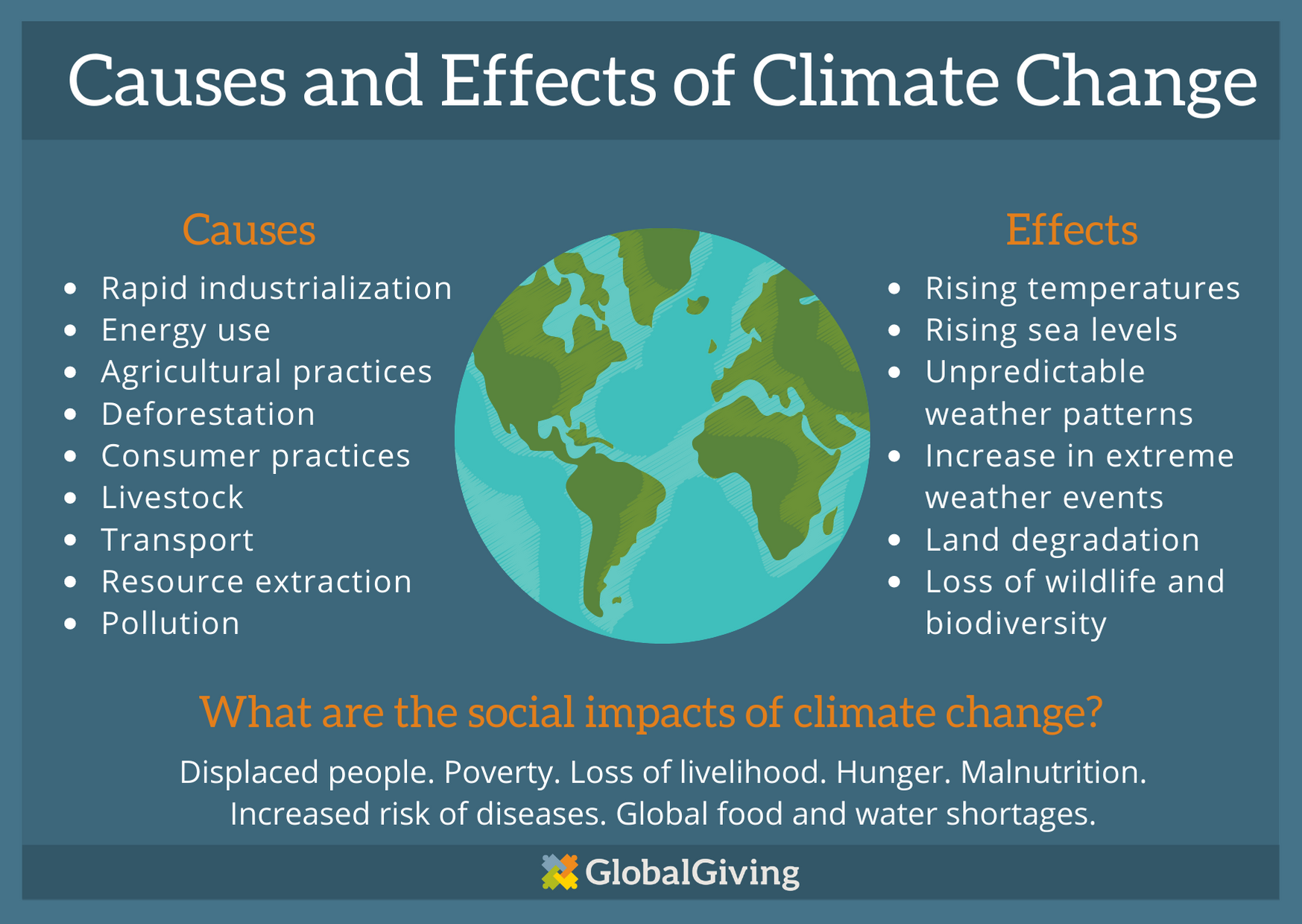Introduction: Unveiling the Story of Climate Change Research
Climate change is one of the most critical challenges facing humanity today. It affects ecosystems, economies, and societies across the globe. The consequences of rising temperatures, extreme weather events, and shifting climate patterns are becoming increasingly evident. But how did we come to understand the complex science behind climate change? This blog post delves into the fascinating history of climate change research, tracing its roots from early observations to the sophisticated models and studies that shape our understanding today.
The Early Observations: 19th Century and Beyond
Climate change research has its origins in the 19th century when scientists began to take a closer look at the Earth’s climate. One of the pioneers in this field was the French physicist Joseph Fourier. In the 1820s, Fourier theorized that the Earth’s atmosphere played a crucial role in trapping heat and maintaining temperatures suitable for life. He introduced the concept of the “greenhouse effect,” which is now at the heart of our understanding of climate change.
In the mid-19th century, John Tyndall, an Irish scientist, conducted groundbreaking experiments that demonstrated how certain gases, particularly carbon dioxide (CO2) and water vapor, could trap heat. Tyndall’s work laid the foundation for our understanding of greenhouse gases and their role in regulating the Earth’s temperature.
The Emergence of Climate Modeling: The 20th Century
The 20th century marked a significant turning point in climate change research. Scientists began to develop climate models and tools to better understand the Earth’s climate system. One of the most notable figures of this era was the Swedish meteorologist Svante Arrhenius. In 1896, Arrhenius published a groundbreaking paper in which he calculated the potential impact of increased CO2 concentrations on global temperatures. He predicted that doubling the amount of CO2 in the atmosphere could lead to a significant increase in global temperatures—a concept that would later become known as “global warming.”
Throughout the 20th century, advancements in technology, such as the development of computer models and the establishment of research institutions dedicated to climate science, propelled the field forward. Scientists like Charles David Keeling, who started the famous Mauna Loa Observatory in Hawaii to measure CO2 concentrations, provided critical data that confirmed the rise in atmospheric CO2 levels.
Climate Change in the Public Eye: The Late 20th Century
As our understanding of climate change deepened, so did public awareness. In the late 20th century, climate change started to make headlines, with growing concerns about its potential consequences. The 1980s saw the establishment of the Intergovernmental Panel on Climate Change (IPCC), a global body dedicated to assessing the science of climate change. The IPCC’s reports played a pivotal role in bringing climate change to the forefront of international discussions.
The late 20th century also witnessed a surge in environmental activism and the recognition of the need for international cooperation to combat climate change. The United Nations Framework Convention on Climate Change (UNFCCC), established in 1992, laid the groundwork for international climate agreements like the Kyoto Protocol and the Paris Agreement.
From Science to Action: The 21st Century and Beyond
As we entered the 21st century, climate change research continued to evolve at an unprecedented pace. The development of advanced climate models allowed scientists to make more accurate predictions about future climate trends. Satellite technology provided valuable data on sea level rise, ice melt, and temperature changes.
One of the most significant developments in recent years has been the refinement of climate attribution science. This field allows scientists to determine the extent to which specific weather events or changes in climate can be attributed to human activities, such as the burning of fossil fuels. These findings have played a crucial role in raising awareness about the urgent need to reduce greenhouse gas emissions.
Challenges and Uncertainties
While our understanding of climate change has come a long way, numerous challenges and uncertainties remain. Climate models, though highly sophisticated, still grapple with predicting the exact magnitude and timing of future climate changes. There are also ongoing debates about the extent to which natural factors, such as volcanic eruptions and solar variability, contribute to climate variability.
Moreover, communicating the complexities of climate change to the public and policymakers remains a significant challenge. Addressing climate change requires coordinated efforts at the global, national, and local levels, which can be hindered by political, economic, and social barriers.
Conclusion: The Continuing Journey
The history of climate change research is a testament to human curiosity and determination. From early observations of the greenhouse effect to the development of cutting-edge climate models, scientists have pieced together a comprehensive understanding of how our actions are altering the Earth’s climate.
As we move forward, the urgency to address climate change becomes increasingly clear. The history of climate change research reminds us that we have the knowledge and tools to combat this global challenge. It is now a matter of taking decisive action to reduce greenhouse gas emissions, transition to clean energy sources, and adapt to the changes that are already underway.
The story of climate change research is far from over. It is a story of discovery, collaboration, and the collective effort to safeguard our planet for future generations. It is a story that we all play a part in shaping, and the choices we make today will determine the course of our planet’s climate for years to come.





